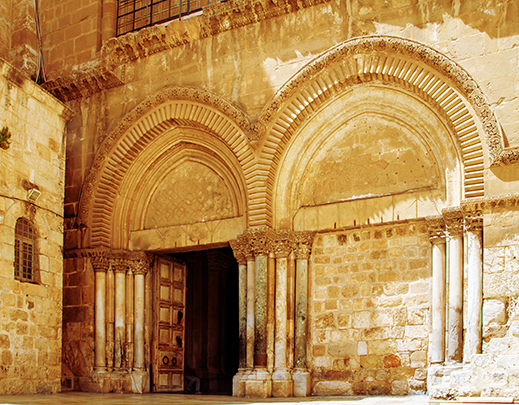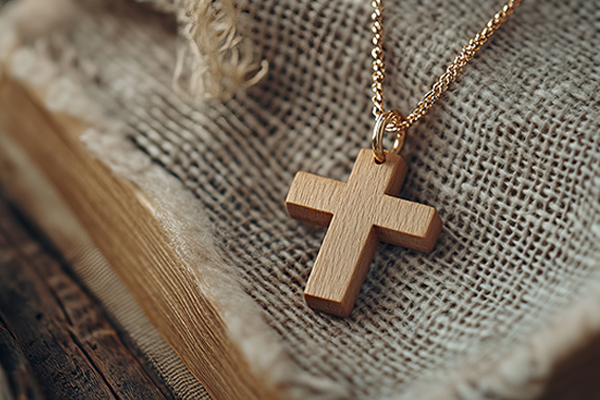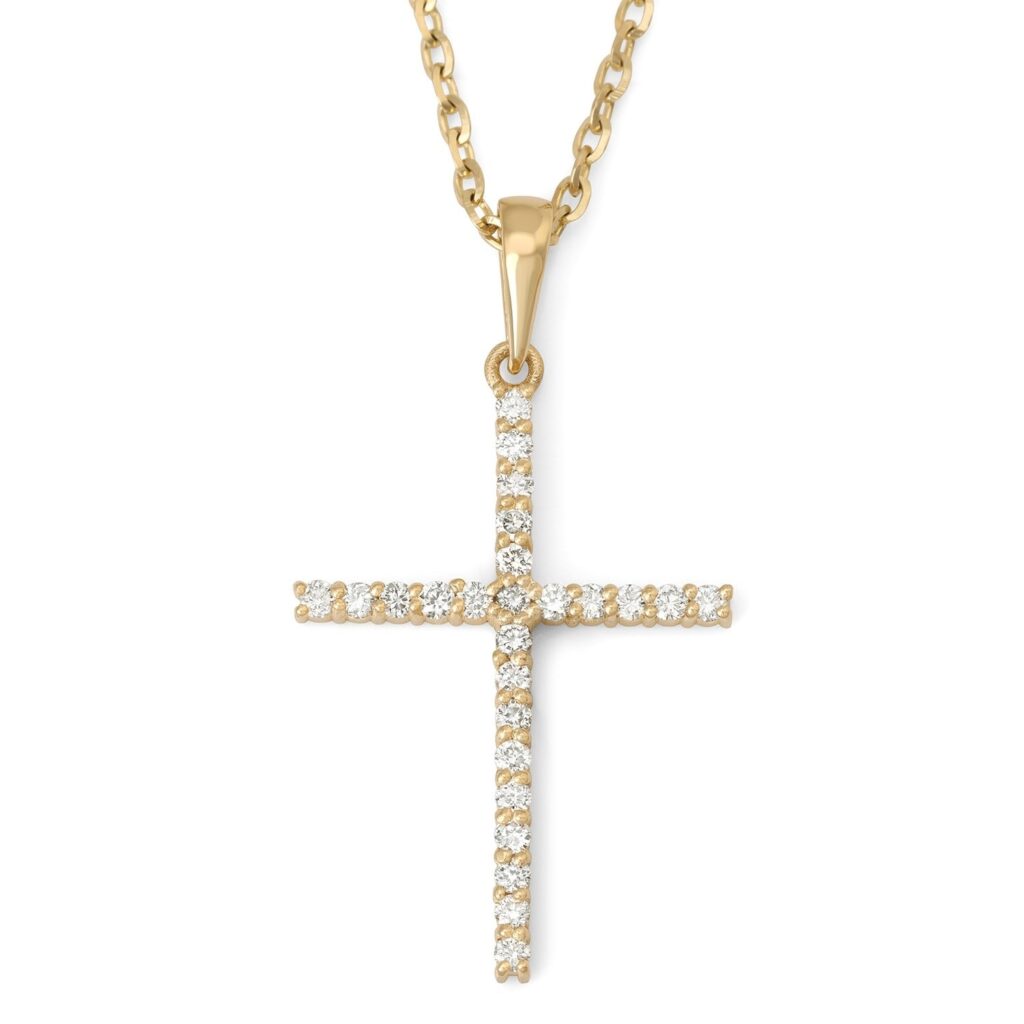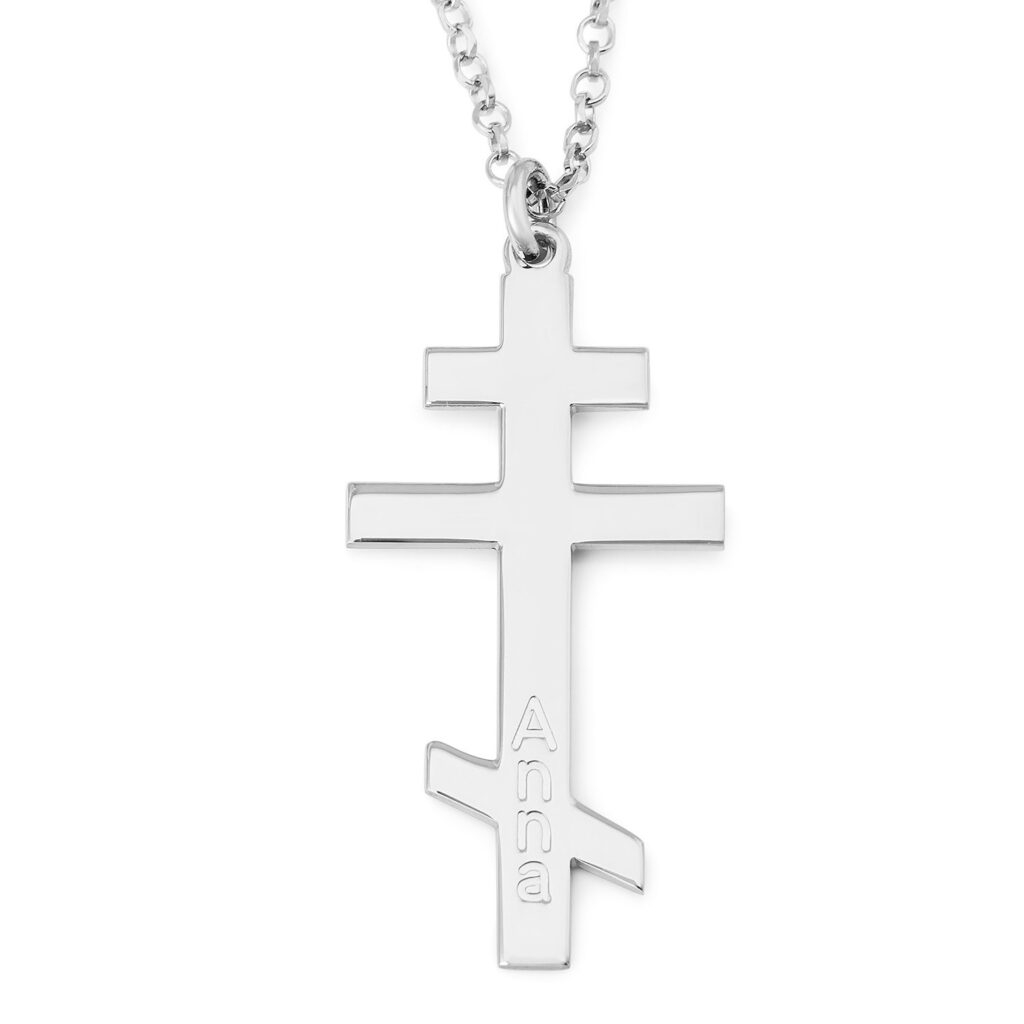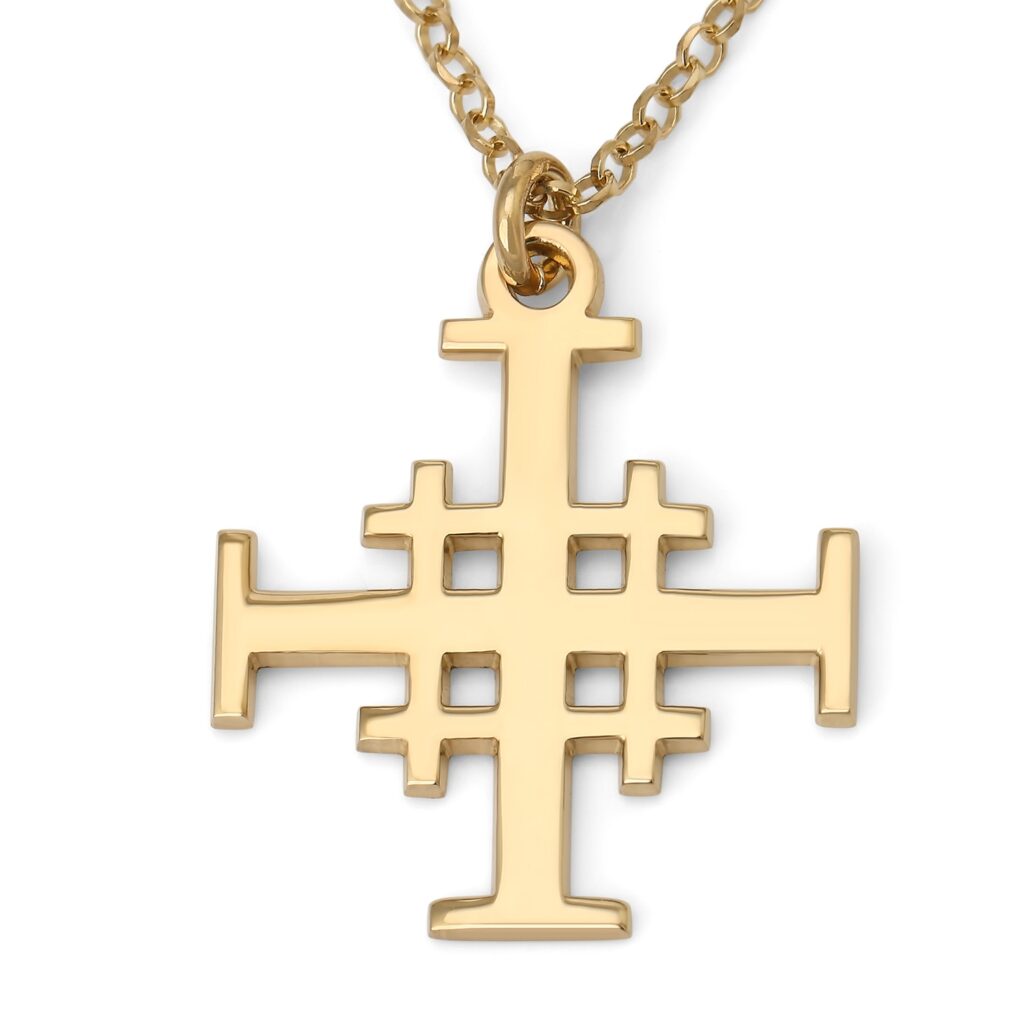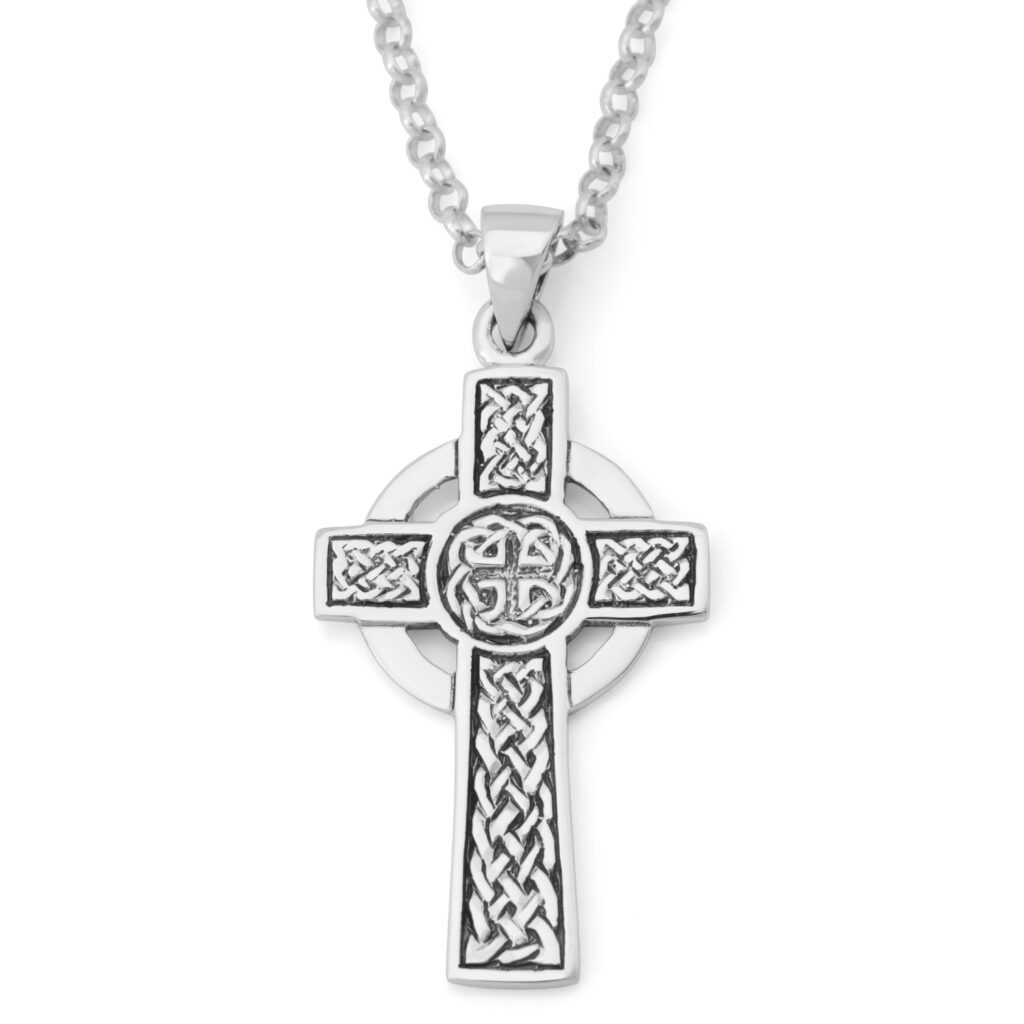Holy Cross Day: History, Meaning, and the Symbol of the Cross
On September 14, Christians worldwide celebrate Holy Cross Day, also known as the Feast of the Exaltation of the Holy Cross. This celebration has deep roots in history and tradition, reaching back to the discovery of the cross on which Jesus was crucified – the True Cross.
The discovery of the Cross
The story begins around 326 AD, when St. Helena, the mother of Emperor Constantine the Great, made a pilgrimage to Jerusalem. At the traditional site of Jesus’ crucifixion and burial inside the city walls, she found the True Cross. A few years later, on September 14, the Church of the Holy Sepulchre, built to include both the place of Christ’s crucifixion and the tomb of his resurrection, was dedicated. This set the joyful tradition of Holy Cross Day, celebrated each year on this date – a feast that continues to inspire Christians all over the world.
But was it truly the cross on which Jesus was crucified?
According to tradition, St. Helena discovered three wooden crosses believed to be from the crucifixion. To learn which one was Christ’s, the bishop of Jerusalem brought them, one by one, to a woman who was gravely ill. The first two had no effect, but when the third was placed near her, she was suddenly healed. This miracle revealed it as the True Cross.
So when the Church of the Holy Sepulchre was dedicated on September 14, 335 AD, the True Cross was raised high for all to see, and the date became forever linked with its veneration.
Over the centuries, fragments of the True Cross were shared across the Christian world. Many churches still treasure these relics today. While their authenticity has often been debated, the Cross itself remains the ultimate Christian symbol – uniting believers in faith, hope, and love.
How Christians Celebrate Holy Cross Day Today
For Christians, the cross is a constant reminder of Christ’s sacrifice and his victory over death, transforming an instrument of suffering into a symbol of hope and redemption. In its simple form, the cross speaks of God’s love, of forgiveness, and of the promise of new life. This deep spiritual meaning is why the cross has remained central in prayer, worship, and Christian art throughout the centuries.
Holy Cross Day is still observed around the world each year on September 14. It is celebrated with special services in the Roman Catholic, Eastern Orthodox, Anglican, and Lutheran churches, and is also remembered in some Reformed communities. Hymns are sung, prayers of thanksgiving are offered, and in some traditions the cross is lifted high in procession as a sign of triumph.
The day has also become a moment to share love, friendship, and family bonds. A thoughtful gift such as a cross necklace, a Christian cross pendant, or elegant golden cross jewelry can be a beautiful way to mark the occasion, expressing not only faith but also affection and closeness to the people who matter most.
Holy Cross Day is still observed around the world each year on September 14. It is celebrated with special services in the Roman Catholic, Eastern Orthodox, Anglican, and Lutheran churches, and is also remembered in some Reformed communities. Hymns are sung, prayers of thanksgiving are offered, and in some traditions the cross is lifted high in procession as a sign of triumph.
The day has also become a moment to share love, friendship, and family bonds. A thoughtful gift such as a cross necklace, a Christian cross pendant, or elegant golden cross jewelry can be a beautiful way to mark the occasion, expressing not only faith but also affection and closeness to the people who matter most.
Different Types of Crosses
Over the centuries, many different forms of the cross have developed, each carrying its own history and meaning. The simple Latin cross is the most familiar, symbolizing Christ’s crucifixion and resurrection. The Celtic cross, marked by its circle, reflects both faith and heritage, especially in Ireland and Scotland. The Jerusalem cross, with its large central cross and four smaller crosses in each quadrant, has long symbolized the spread of the Gospel to the four corners of the earth. In the Eastern tradition, the Orthodox cross includes additional bars, pointing to the fullness of Christ’s passion. Each type of cross tells its own story, offering believers a way to connect with the richness of their own Christian tradition. To explore the meaning behind different cross designs, visit our blog on cross styles.
Which Cross Jewelry Style Should I Wear or Gift?
These symbolic forms are beautifully expressed in jewelry, making the cross not only a sign of faith but also a personal keepsake. A silver cross necklace is a popular choice, worn close to the heart as a daily reminder of devotion. Many also value an intricate Christian cross pendant, such as a crucifix, which includes the figure of Christ and highlights his sacrifice in a powerful way. For a touch of elegance, golden cross jewelry offers a timeless style that makes a beautiful gift for special occasions.
Cross rings are often chosen as a statement of faith with a touch of prestige. Bracelets and cross earrings bring a more modern and stylish appeal, making the cross part of everyday fashion in a fresh and youthful way. Whether chosen for yourself or given as a thoughtful gift, cross jewelry is a lasting way to celebrate faith – and a fitting present for Holy Cross Day. For more tips on choosing the right piece, see our buying guide for Holy Cross Day.
Frequently Asked Questions (FAQ)
When is Holy Cross Day next year?
Holy Cross Day, also known as the Feast of the Exaltation of the Holy Cross, is observed every year on September 14.
Will the date ever shift or vary between Christian traditions?
No – for most Western and Eastern Christian traditions that celebrate it, it is fixed on September 14. Some local churches or communities might have additional commemorations tied to their liturgical calendar, but the core feast remains the same.
What kinds of events are typically held on Holy Cross Day?
- Special liturgies and worship services
- Hymns and prayers of thanksgiving
- Processions with the cross (in some traditions)
- Cross veneration rituals, where the faithful approach, kiss, or touch the cross
- Educational sermons or talks on the meaning of the Cross
- Fellowship gatherings, meals, or receptions in church communities
- In some places, gift-giving or exchanging tokens like cross jewelry as a sign of faith and love
Are there any special observances tied to the Holy Land on Holy Cross Day?
Yes – Jerusalem and many Christian holy sites mark the day with pilgrim services, public processions, and ceremonies at the Church of the Holy Sepulchre. Local Orthodox, Catholic, and Protestant communities may hold special masses, blessings, and events tied to the historical significance of the Cross in the Holy Land.
How can believers or visitors participate, whether in-person or remotely?
- Attend your local church’s Holy Cross Day services
- Watch live-streamed worship services from significant Christian sites, such as churches in Jerusalem
- Join or follow processions or public ceremonies, if available
- Read or share devotionals and reflections on the Cross
- Give or wear cross-themed items (necklaces, wooden crosses, cross rings) as symbolic reminders of faith
Why is Holy Cross Day meaningful for Christians today?
Holy Cross Day commemorates both the discovery of the True Cross by St. Helena in the 4th century and the Cross’s central role in Christian faith – as a sign of sacrifice, redemption, victory over death, and hope. It reminds believers that what was once an instrument of suffering has become a symbol of victory and love.


